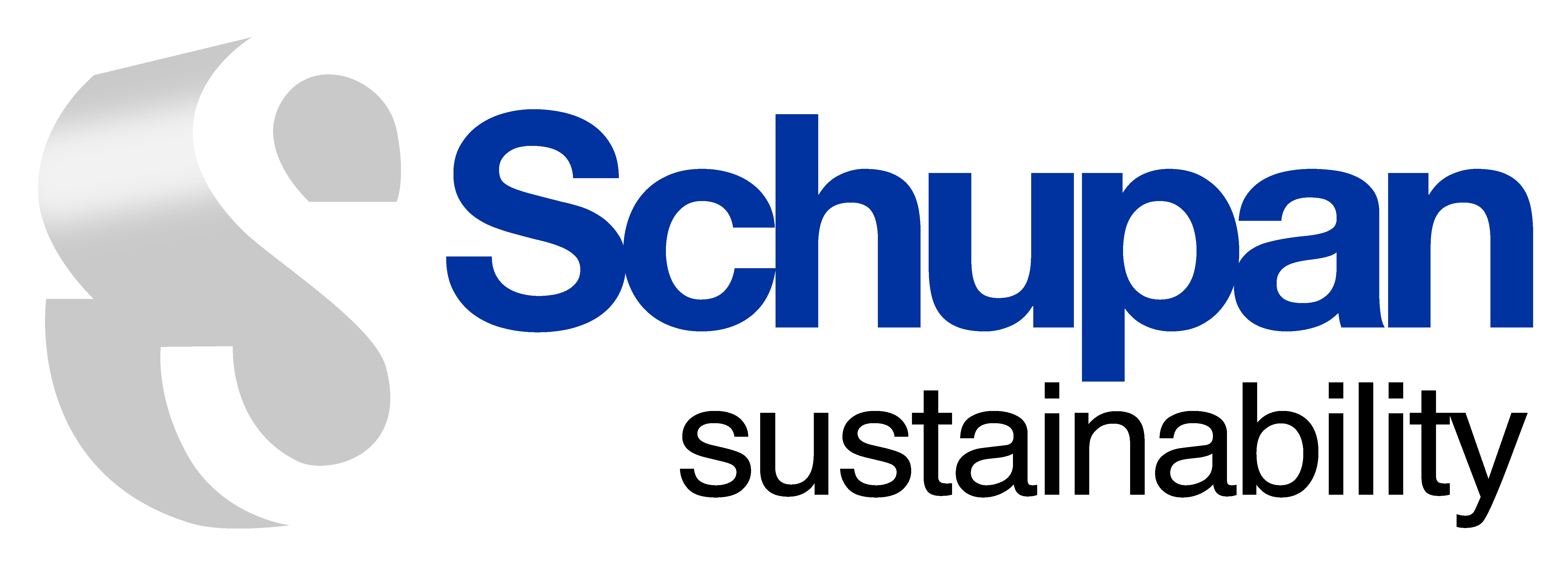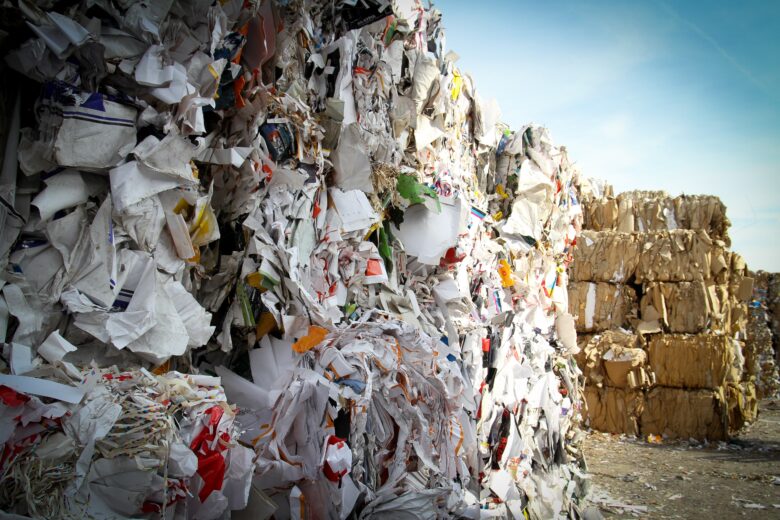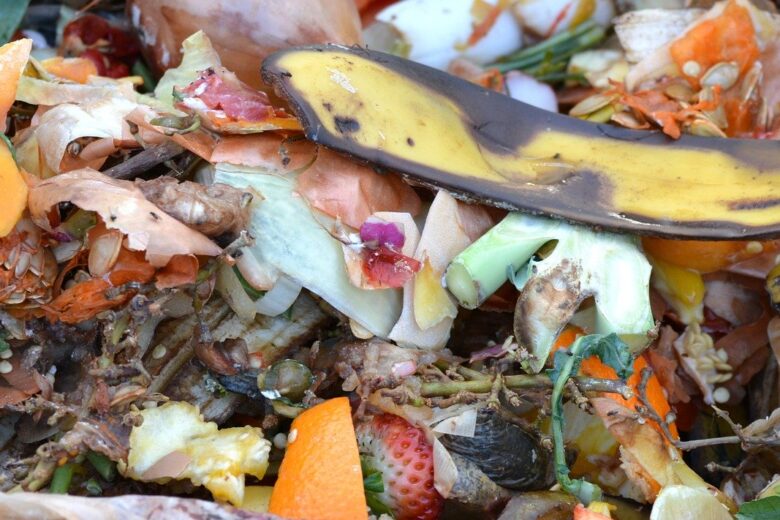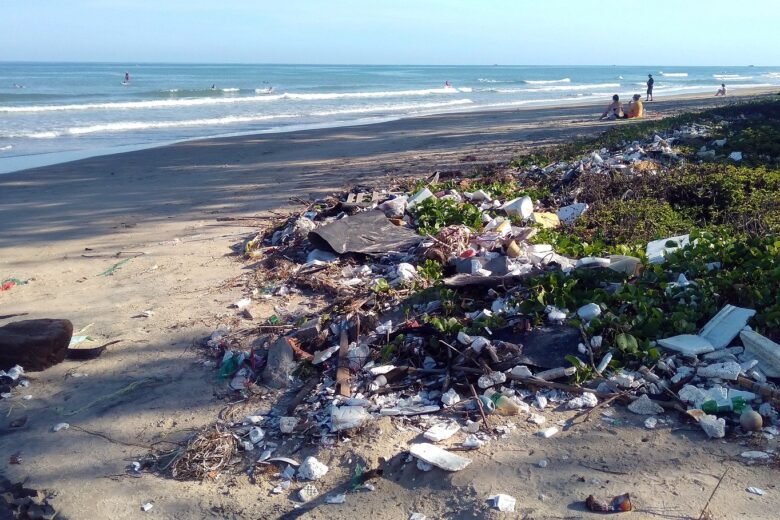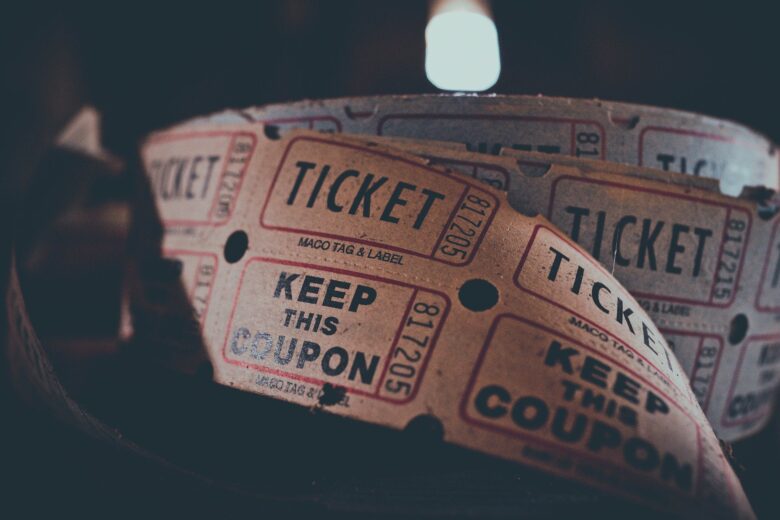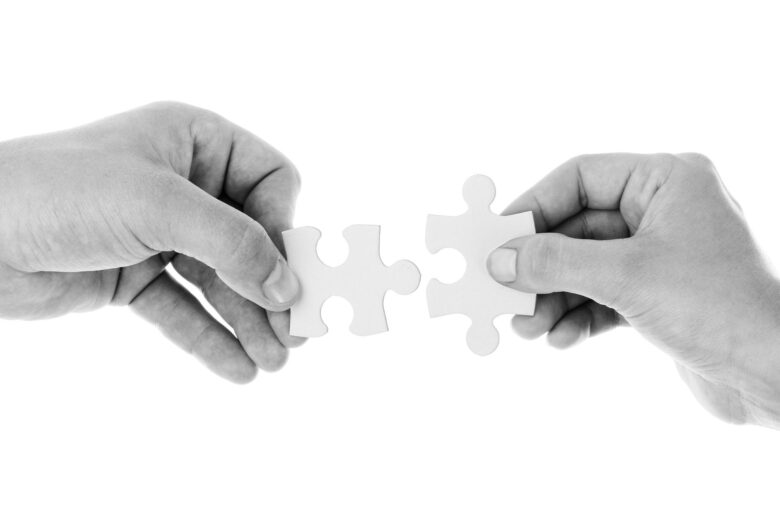Recycling is one of the most popular ways to divert material from the landfill. By definition, it is the process of taking waste and turning it back into a useful material. One of the most overlooked aspects of a sustainability program is your procurement. If you are not purchasing products that can be recycled, you can’t have a successful recycling program. Your procurement and your waste diversion rate are closely linked; by default, your recycling program is as well. For more information on procurement, visit our introduction to sustainable procurement blog post.
A couple of very important things to remember about recycling:
- Not everything is recyclable. Whether by design or by your location, you will not be able to recycle everything you use. A garden hose is not recyclable. Neither is that pen that no longer works (even though it’s made from plastic). Your location will also greatly affect which material is recyclable. In the majority of the country, Styrofoam, isn’t recyclable. But if you’re located in certain communities, Styrofoam recycling is available.
- Just because it is collected, doesn’t mean it’s recycled. Just because you put something into your recycling bin. And just because it was collected by a recycler, doesn’t necessarily mean the material is recycled.
What makes something recyclable?
For a product to be recyclable, it has to meet a certain criteria.
- The material it is made out of has to have an end market. The material must be able to be put in a form that is reusable. And someone, somewhere, has to have a need for that material. For example, when aluminum is recycled, it is collected by a recycler, separated, baled, melted down, and then turned into can sheets. Can sheets are purchased by beverage companies who turn those can sheets into aluminum beverage containers, which you then buy again at your local grocery store.
- The material that makes up your product must be able to be separated. Paper is recyclable. However, laminated paper is not. There is no way to separate the paper from the laminate, therefore, making laminated paper unrecyclable. There are some machines and technologies that enable certain product types to be separated, so it’s important to understand your recyclers’ capabilities and the limitations of your products.
Increasing the recyclability of your material
Your material is a commodity. Glass, cardboard, aluminum, plastic, etc. is bought and sold like other commodities such as corn, soy beans and your investment stocks. Like any other commodity, its value changes daily and is influenced by basic economics.
How clean, dry and contaminated your material is, determines how much that material can be bought and sold for. The more contaminated, dirty or wet the material is, the harder it is to recycle. Why? As we explained above, your material must have an end market. For that end market to be viable, your commodity needs to be at a certain level of cleanliness. If your material is too contaminated, an investment needs to be made in cleaning it or separating out the trash in order to bring it up to a level where it can be processed. This investment requires money, thereby lessening the value of your material. The more contaminated your material, the less it is worth, the harder it is to recycle and the chances are higher that the material will end up in a landfill.
Wish-cycling
Perhaps you’ve heard the term before: wish-cycling. Just because you put something in a recycling bin doesn’t mean it’s going to be recycled. In fact, putting things into the recycling bin that aren’t recyclable drastically increases the chances of the whole load of material ending up in the landfill. Why? Because who is going to separate the recyclables from the non-recyclables? Manual separation is too expensive, so the material will likely end up in the landfill.
Pay close attention to the materials accepted by your local recycler and follow their guidelines on what commodities they accept and how they accept them.
It’s our wish for you to stop wish-cycling.
As you begin your recycling program, keep three things in mind:
- Know what is accepted by your recycler. If it’s not accepted, chances are your recycler doesn’t have an end market for it, so don’t put it in the bin.
- Given the circumstances of events and venues, keep your material as clean as you can! The cleaner your material, the higher the chances for it to be recycled.
- Understand your procurement. If you are purchasing products that cannot be recycled, you can’t have a recycling program!
